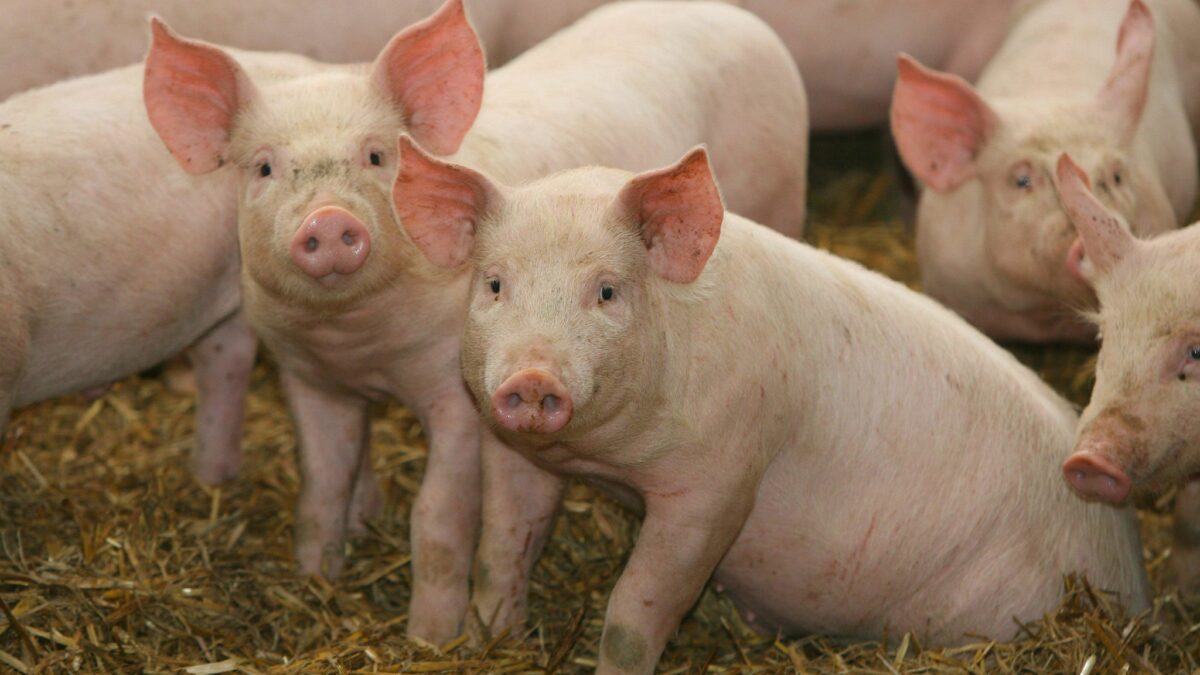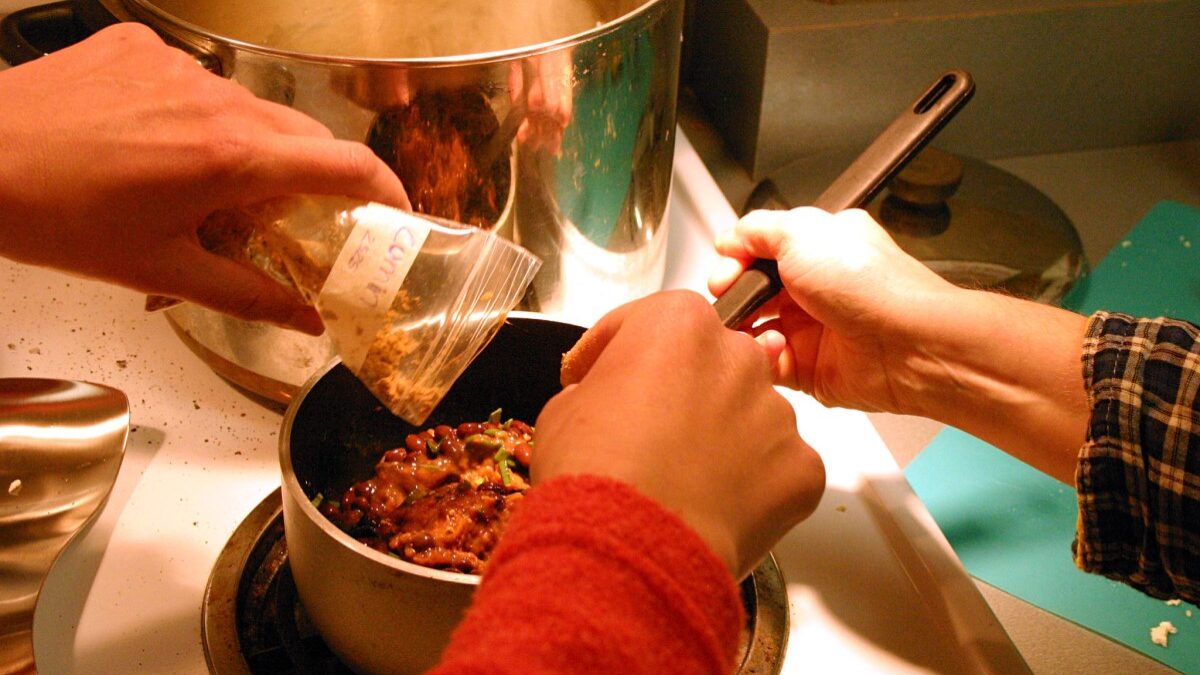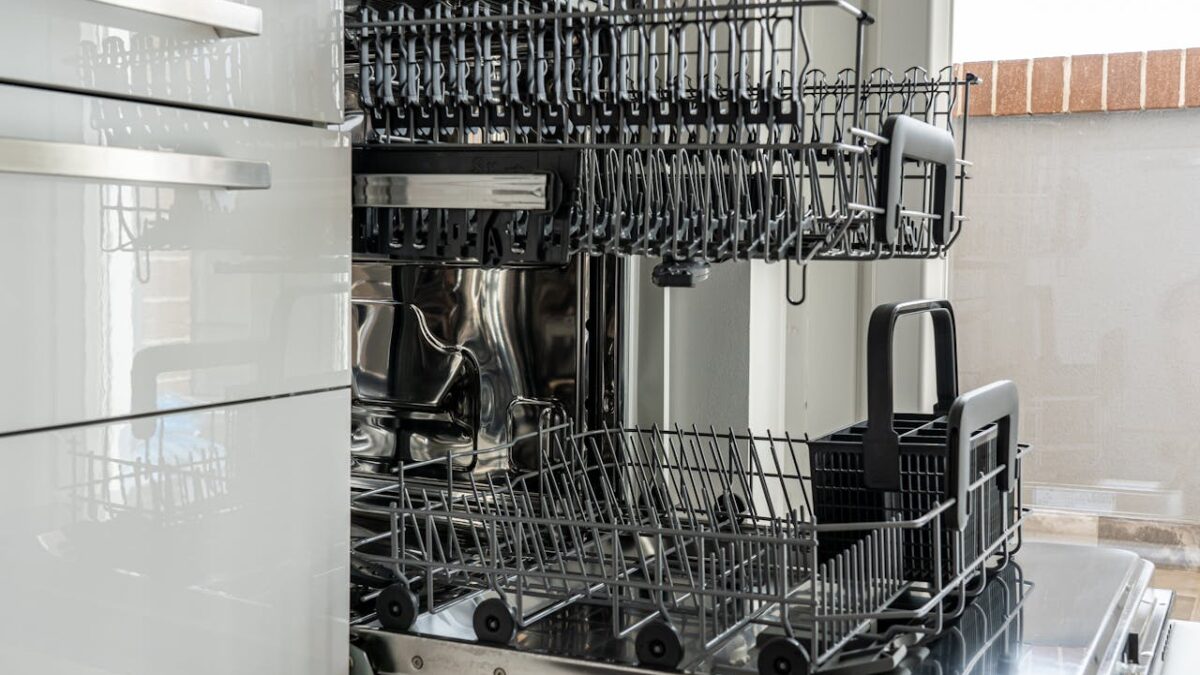Mad scientist Dr. Pretorius toasts Baron Frankenstein in “The Bride of Frankenstein” with the words, “To a new world of gods and monsters!” That world is coming true in the realm of food. We live among lab-grown meat, eggless eggs, and hamburgers and even ice cream made of vegetable matter. And now we have taken the next step.
In a piece published in “The American Mind,” anonymous Twitter user and author Raw Egg Nationalist (REN) reports that startup company Moolec has created what it calls “piggy sooy.” But this is no riff of a sweet love ballad from the ’50s. “Piggy sooy” is a laboratory chimera of soybean and pig.
This is not simply a “what if” experiment confined to a laboratory. Moolec fully intends to sell its “piggy sooy” to general (human) consumers. The Department of Agriculture has already given its blessing. The patent has been handed out. And that isn’t all. As REN says:
Moolec’s business model will involve selling the beans as they come, without any kind of refining: there will be no attempt to separate the pig-protein component from the rest of the soybean. They also want to license their product to other companies for planting, which of course they can do, because the product is patented.
In other words, there may come a time in the future when the common soybean is no longer available, only “piggy sooy.” You will eat the pig-plant, and you will be happy!
And this is not the end of Moolec’s work in the house of Frankenstein. “Their broad aim,” REN says, “is to use what they call ‘molecular farming’ to turn a variety of plants and even microorganisms like yeasts into miniature bioreactors. … Moolec already has a range of other products planned, including a new GMO safflower oil, and plants and yeasts that produce bovine proteins like chymosin and myoglobin.”
It isn’t just soybeans that are to be replaced with golems but all the basic components of the basic food groups. At least, that will be the case for us peons. Like multiple mansions, private jets, and yachts, real food will be available for those of the inner party.
Officially, this so-called innovation is all being done to “save the planet.” The real reason is money and power. As REN says, if these “foods” are patented, then those companies can make bigger profits via licensing and whatever other way their lawyers can concoct. And if the old adage “you are what you eat” has any truth in it, then the masters of the plate will control us with an iron rod.
The results of that iron rod won’t be good. REN points out that we already know genetically modified food, like corn, has led to an increase in human obesity. What adverse effects will “piggy sooy” and its cousins have? Cancer? Heart disease? Blood clots? Infertility? There’s no way of telling. And if there were, do any of us think Moolec and its ilk would tell us?
Which leaves us with the $64 question: What do we do? Unfortunately, this is where REN’s piece falters. He provides a small exhortation toward the end “to break away from the corporate food system before it’s too late, and return to local production of the foods our ancestors thrived on,” but the “how” is left unsaid.
The easiest solution is to begin supporting the farmers’ markets and local meat hubs (cattle farms, etc.) instead of spending all our purchasing power at Wal-Mart and Target. With the rising interest in non-GMO foods, meat that hasn’t been stuffed with steroids, and healthy living in general, this will probably not be too hard. In this case, the internet can be a useful jinn. But the real goal, in my opinion, is to go to the next level and begin actively growing and raising our own food.
If you live in a rural area, you’re in luck. You don’t need to become the local land baron to start. Whether you have 10 acres, five acres or just a quarter acre, you have enough land to grow your own food. But what if your house is in the city? What if you live in an apartment? This is where urban gardening comes into play. Everything from apartment building roofs to balconies can be utilized to grow herbs and vegetables. It is even possible in some urban areas to keep beehives, meaning honey (a superfood) can be added to the menu. Getting the right seeds is important as well; there’s no point breaking free of Soylent Pink if we’re unknowingly planting “cow carrots” in our balcony pots. Sites like Eden Brothers, the Living Seed Company, and Back to the Roots offer organic, non-GMO seeds. Again, in this case, the internet can be a useful tool.
What about meat and eggs? While cows will probably be out if you live in the city, smaller animals could be a possibility. Last month, for example, the Missouri House of Representatives passed a bill that would legalize backyard chicken ownership regardless of HOA rules if local ordinances allow it. The Missouri bill allows a homeowner to keep up to six chickens if his backyard is at least two-tenths of an acre, or 8,712 square feet. The average yard size in the United States is 23,000 square feet. Imagine what we could do if just half the states followed Missouri and if only a quarter of the owners of those properties had half a dozen chickens each.
It’s important to realize that no single person will likely have the time or resources to produce everything his or her family needs. Therefore, local associations will need to be established to promote a collective standard of self-sufficiency. One family might grow peppers and cucumbers, another family peas and green beans, another might keep a hive of bees that pollinate the clover and snapdragons of the family next door, while your cousin grows corn and wheat on his half-acre on the outskirts of town.
None of this is to say all this will be easy. It won’t be. Farming on any scale is a roll of the dice; too much rain, lack of rain, frost, insects, fungi, and mites can all be fatal. We will also have to be prepared to spend more money on steak and pork that come from the small, family-owned local farm 20 miles away and spend more time attending to crops and fighting the latest pest than we do on Facebook and Netflix.
However, the real question isn’t whether you have the time or money; it’s how far you’re prepared to go to ensure the health of yourself and your family. Our ancestors once cultivated the continent. It is up to us to do it again.









